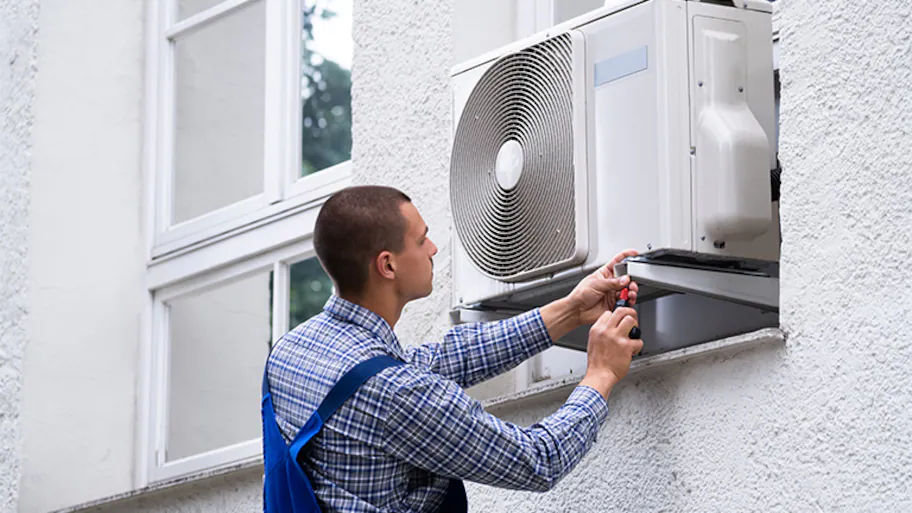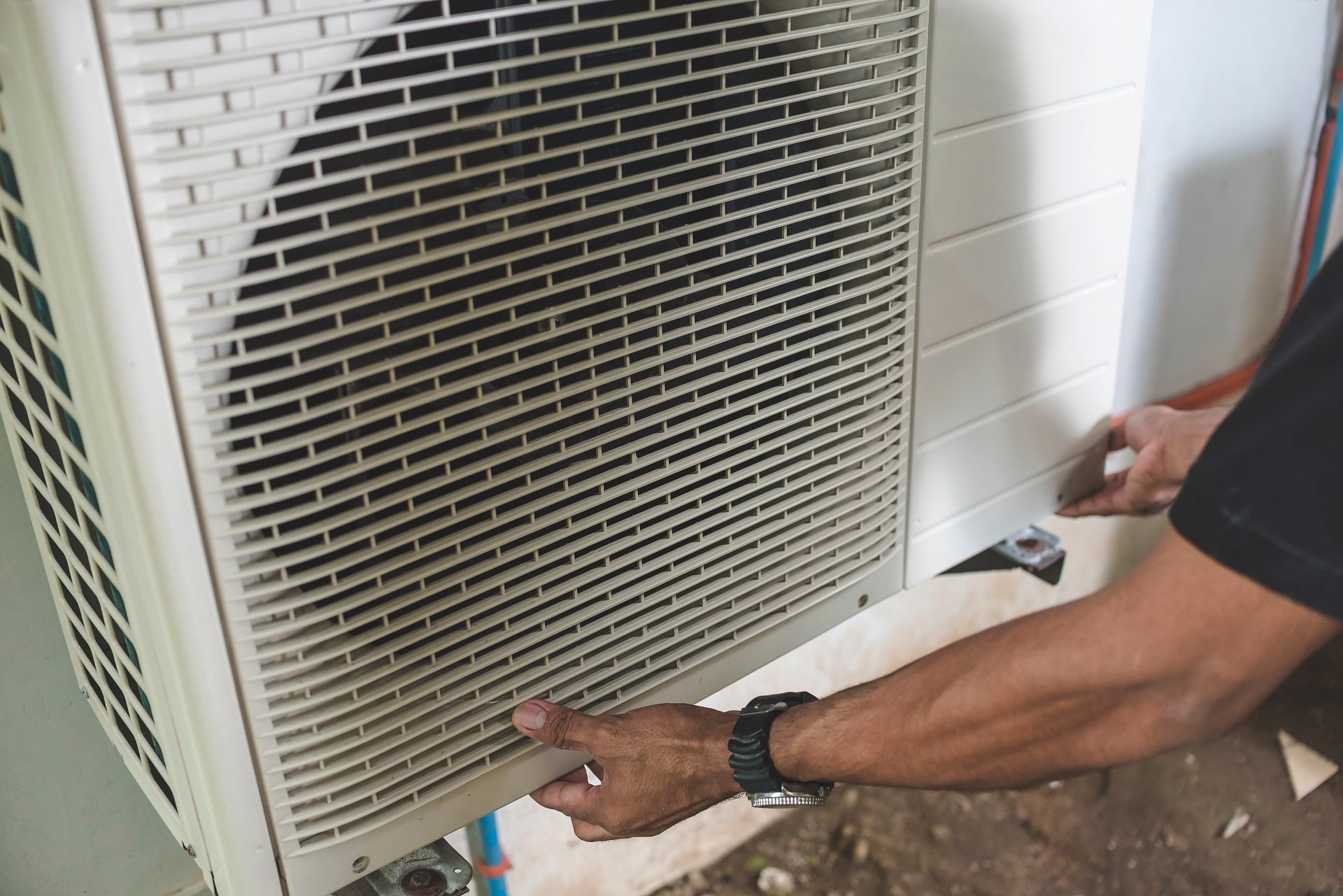Two simple ways to preserve your home and raise its worth are painting it and cutting the yard. Similarly, you can maintain your heating and air conditioning system to keep it operating when you need it most by doing simple maintenance tasks. It can also extend the life of your HVAC equipment and cut down on unplanned emergency calls, which is a bonus. It helps to perform a little preventive maintenance in the spring and fall. Here are our top five recommendations for enhancing your routine upkeep at home:
1. Change Your Filters
How recently did you change the filters in your unit? Disposable filters remove big particles from your indoor air and maintain the cleanliness of your system. Replace them once a month or so, ideally. You might think about changing your filters more frequently if you have dogs in your home or if it’s allergy season. MERV 7–11 rated filters are what we advise choosing. Anything above that may restrict the airflow in your system, which could overwork it and adversely impact its efficiency. When servicing the filters in your air purification system, according to the manufacturer’s recommendations as well. Cleaning filters is frequently necessary for ductless systems.
2. Clean Your Condensing Unit
An external condensing unit or heat pump, with a fan atop to distribute heat during the summer, is a feature found on the majority of air conditioners. A lot of dirt, pollen, and filth accumulates on the condensing unit’s metal fins. Use a water hose to clean the outside of the unit once a season. Use of a pressure washer will cause lasting harm to your unit, so avoid it.
3. Visually Inspect and Create Clearance Around Your Outdoor Unit
To prevent your outside unit’s air movement from being impeded, get rid of any overgrown vegetation and leaf accumulation. To give your unit plenty of clearance on all sides—roughly two feet—you can also cut any plants or trees. If you have any plants or trees (Cottonwood trees, in particular) that release a lot of pollen, pay special attention to them. They have a bad reputation for clogging condensing units.
Read More: Effective Tips for Maintaining Your Air Conditioner for Optimal Cooling Performance
4. Check Your Evaporator Coil’s Drainpipe and Drain pan

Ask your service technician to point out the location of your drain pipe if you are unsure about it. Examine and remove any obstructions caused by the mold or algae that occasionally accumulate in the drainpipe of your HVAC system. Broom and a wet-dry vacuum can be used to clean and extract any clogged areas. In Houston, Texas, one of the most frequent problems we resolve in the spring and summer is a clogged drain line. Unless a protective float switch, often known as a “ceiling saver,” is placed to turn off the air conditioning to stop damaging leaks, customers frequently discover it after the water starts pouring through their ceiling.
5. Call in a Professional for Regular Maintenance
Twice a year, we advise having a licensed professional perform preventative maintenance. This includes vacuuming the blower compartments, checking the drain pan and drainage system, flushing the coils, monitoring the voltage, checking the refrigerant levels in the air conditioning unit, assessing furnace operation, and monitoring the voltage on motors and loose wires. Air conditioning equipment should be serviced in the spring, and heating equipment should be serviced in the fall. Hopefully, any issues will be identified before they cause significant disruptions.
6. Monitor Energy Bills
If your energy usage is constant but you observe a sudden or steady increase in consumption, it may indicate a problem with your HVAC system. Make an appointment for a system check from your reliable heating and cooling company. The reason could be malfunctioning components, low refrigerant, dirty filters, duct leaks, or other problems.








